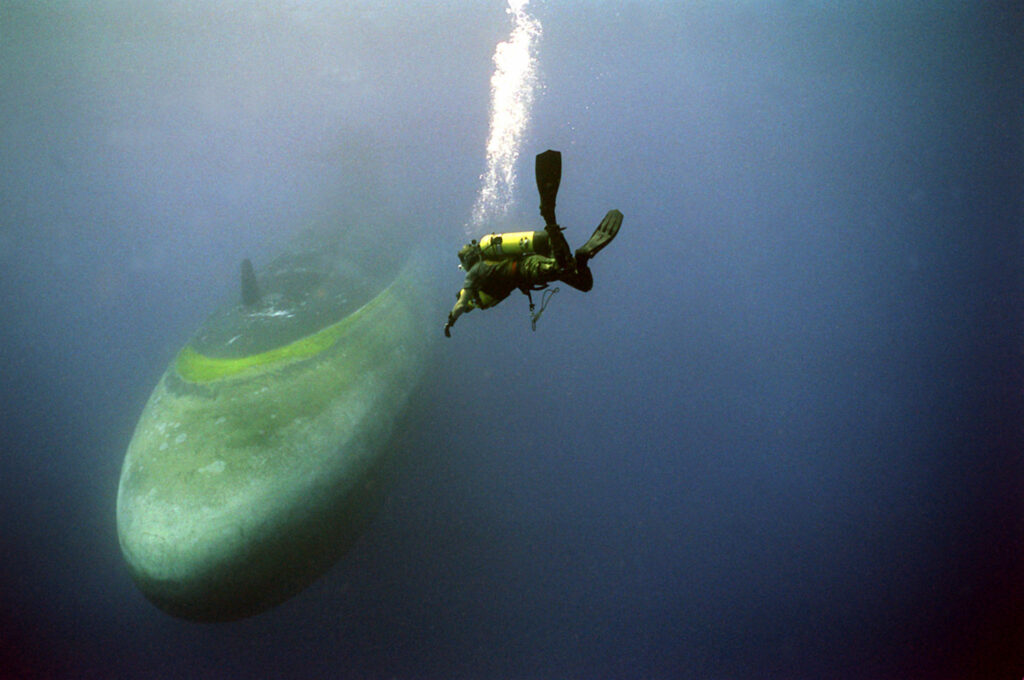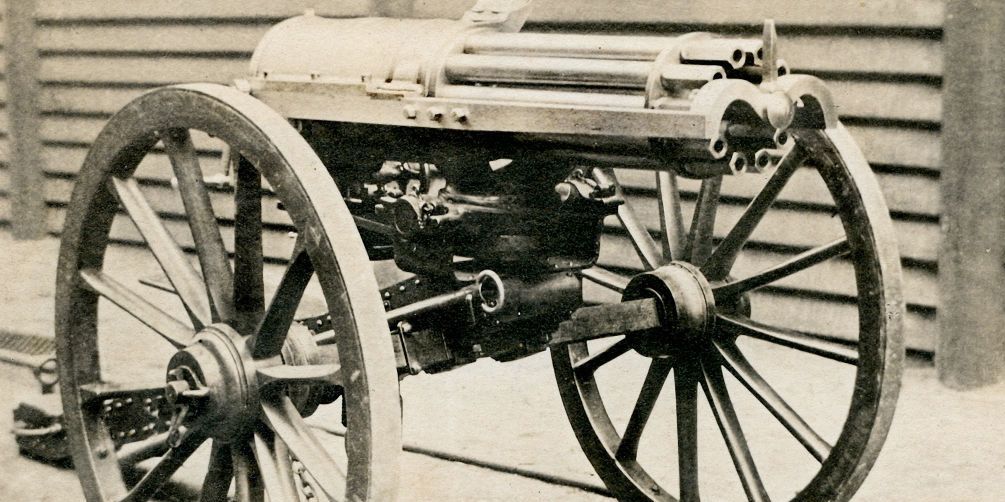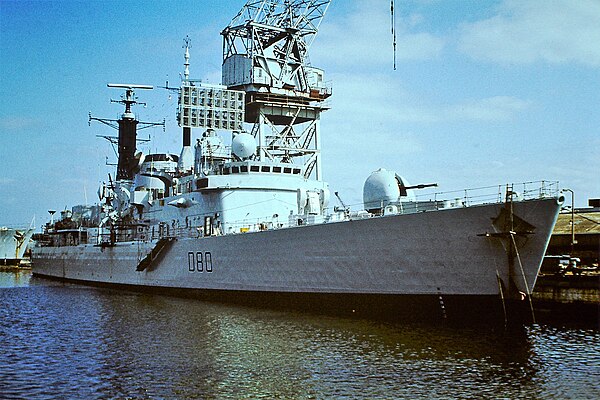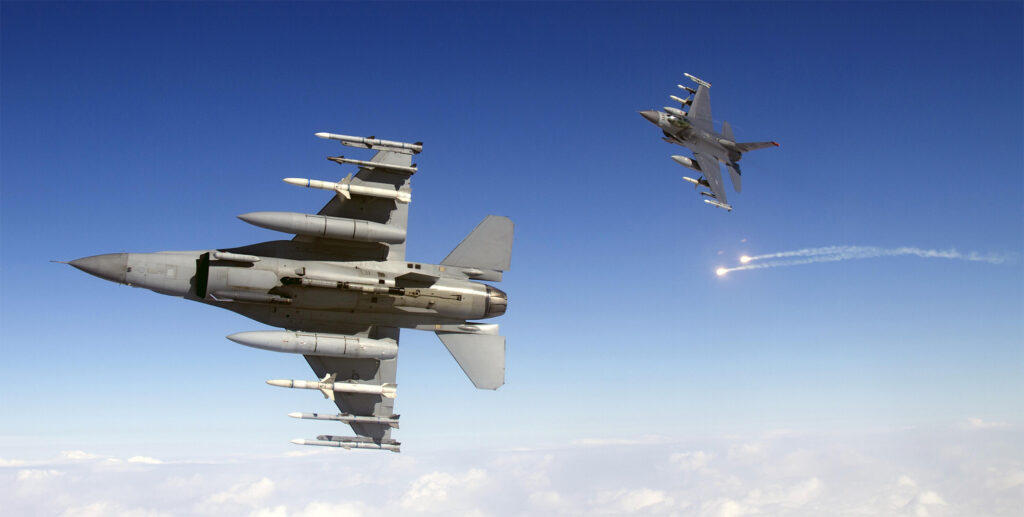In April 2021, the Indonesian submarine KRI Nanggala-402 went missing during a deep dive that was part of a training exercise. Despite the frantic rescue efforts of the Indonesian military and its local and international partners, including the US Navy, the sub went down with all hands.
This unfortunate instance highlights the dangerous nature of military exercises in general but also the real dangers submariners face on a daily basis. If something fails, theirs is a cold, dark, and suffocating death.
Submarine accidents are more common than you might think, given the no-room-for-failure aspect of the profession. Here’s a brief list of the worst top-5 accidents of the last 21 years.
5) Russia, Nerpa (K-152)
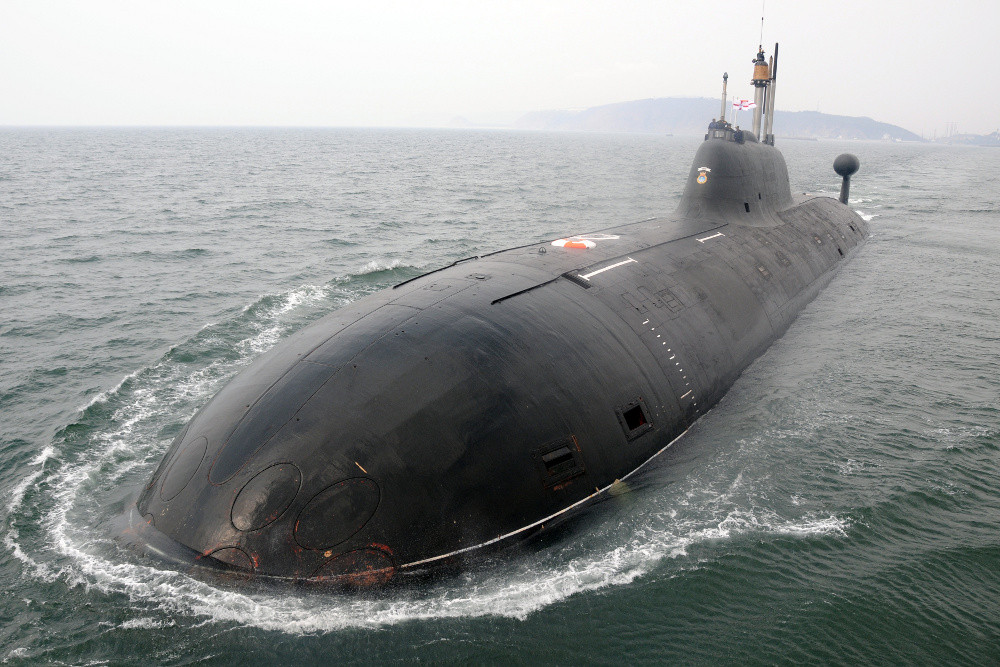
In 2008, the Nerpa was going through its final sea trials before getting commissioned and officially joining the Russian Navy.
One fateful day, a mixed crew of civilians and sailors were on board the vessel, putting the submarine through a series of tests. Suddenly, the Nerpa’s fire extinguishing system was activated, sealing the first two bow compartments, and filling them with a fire-suppressant chemical, which ended up killing or injuring those who were trapped there. All in all, 20 people were killed and 41 injured.
Later, an investigation revealed that someone accidentally activated the fire extinguishing system. The Nerpa is now serving with the Indian Navy, having been leased to India in 2012.
Related: The US Navy’s Block V Virginia-class submarine has a secret
4) Argentina, ARA San Juan (S-42)
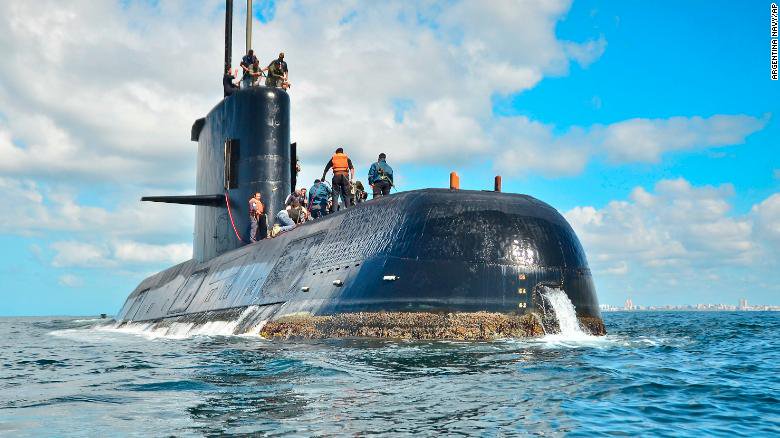
In 2017, the ARA San Juan went missing during a routine trip from one port to another. With a crew of 44, the Argentinian submarine failed to reach its destination and establish communications.
An international task force desperately tried to locate the missing vessel but to no avail. The British, bitter rivals of the Argentinians ever since the Falklands War of 1982, even sent a specialized unit to help in the efforts.
It would take a year for the search and recovery forces to find the missing submarine at the bottom of the sea. The reasons for its sinking are still under investigation.
3) Indonesia, KRI Nanggala-402
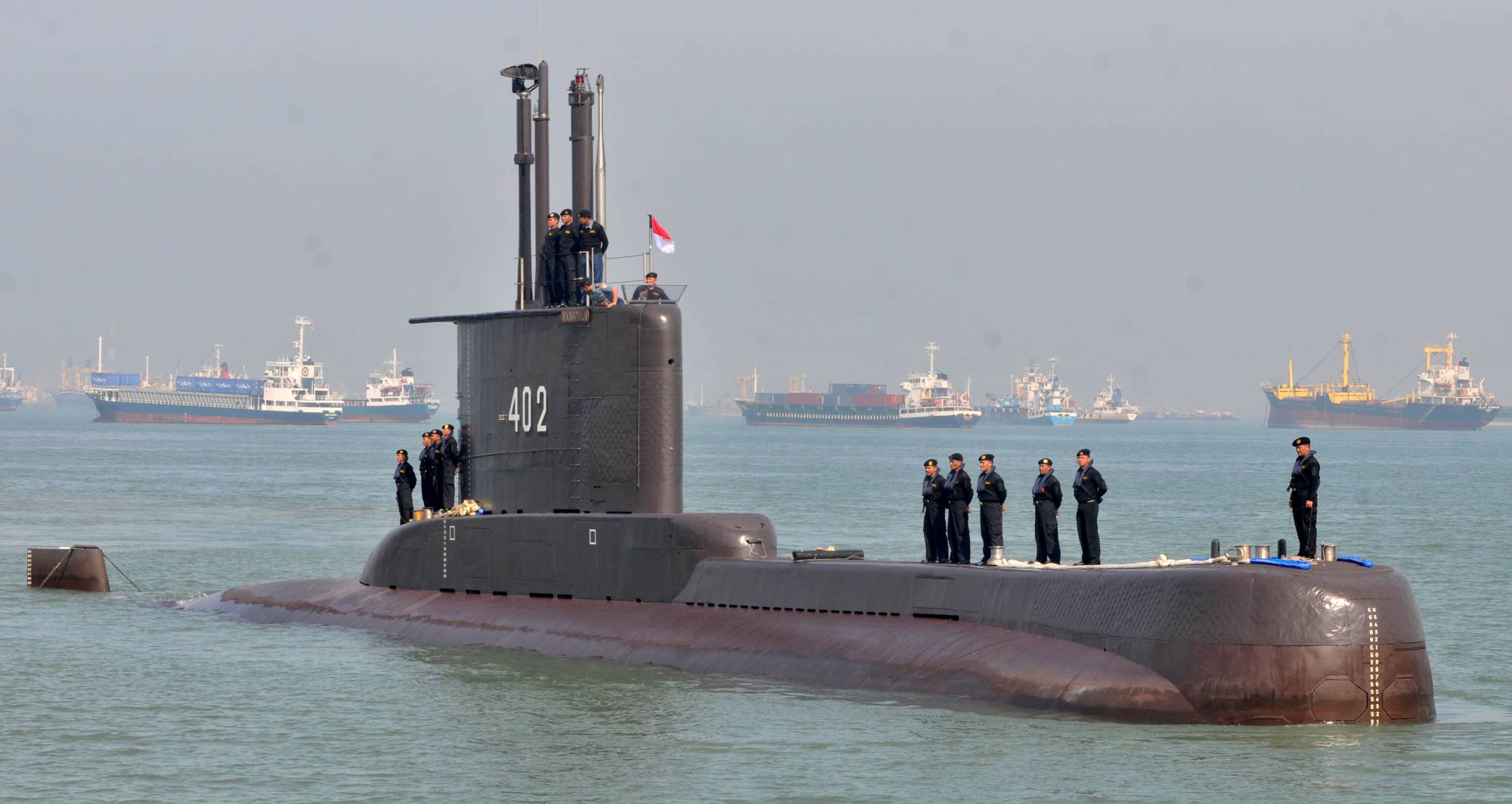
This Indonesian submarine went missing in 2021 during a training exercise. It failed to make contact after a deep-sea dive approximately 60 miles off the coast of Bali. According to the Indonesian Navy, the submarine was scheduled to live-fire its torpedoes during the training event.
First sonar and then deep-sea remotely piloted vehicles showed that the Indonesian submarine suffered catastrophic damage when firing a torpedo, breaking up in three parts and taking its 53-man crew to the bottom.
Related: Navy plans to mount hypersonic missiles on Zumwalt stealthy mega-destroyers
2) China, Changcheng 361
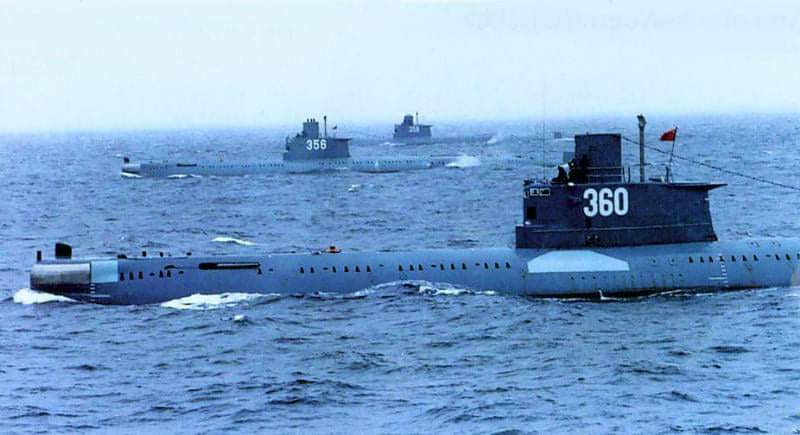
In 2003, a fishing trawler found the Ming-class submarine sailing peacefully just above the waves close to North Korea. The Chinese fishermen tried to make contact with the submarine but failed. The Changcheng continued to float aimlessly until other warships arrived and discovered that all of its 70 crew was dead.
The Chinese Navy was unaware that the Changcheng had gone missing and that there was an emergency because it was participating in an exercise that simulated realistic battlefield conditions, in which subs might not surface and make comms for days — or even weeks — depending on their class, for fear of being compromised.
An investigation revealed that the engine had failed to shut when the submarine submerged and used up all the oxygen.
1) Russia, Kursk (K-141)
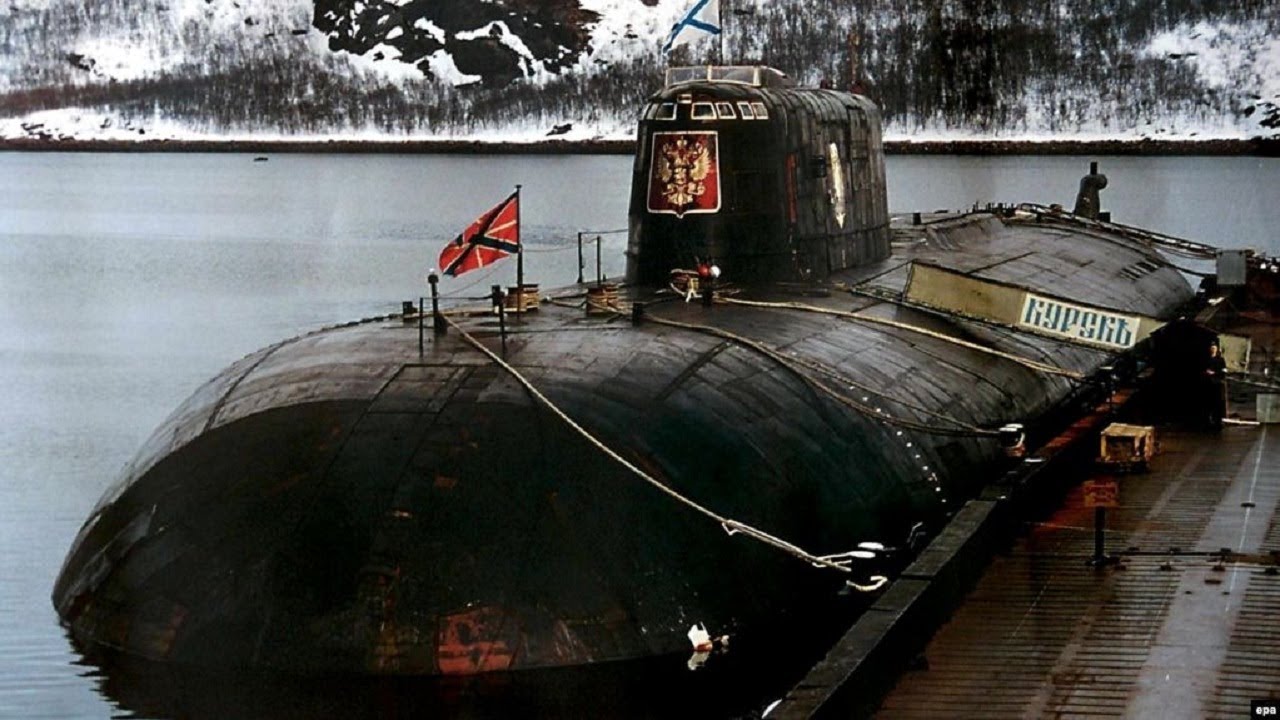
Undeniably the worst submarine disaster of recent history and indeed one of the worst submarine accidents of all time.
In 2000, the Russian nuclear-powered guided-missile submarine went missing during an exercise in the Barents Sea. With a crew of 118, the massive Kursk was one of the more powerful submarines in the Russian fleet.
An investigation of the recovered submarine revealed that one of its torpedoes exploded while the Kurks’s crew was preparing it for launch. The Russian submarine was using the Type 65-76A torpedo, designed to sink American aircraft carriers, which runs on hydrogen peroxide fuel — a highly volatile material. The explosion triggered a second, larger detonation of several nearby torpedoes. Contemporary reports state that the second explosion, which sunk the submarine, was so large that seismographic stations in Europe and Alaska picked it up.
Dramatically, 23 of its crew managed to survive both blasts and barricaded themselves at the back of the sunken vessel. Despite frantic efforts to save them — newly-elected Russian President Vladimir Putin refused international help, including from the US Navy, for five days before eventually relenting to the domestic pressure—the crewmen died.
Feature photo courtesy of Wikimedia Commons
Editor’s Note: This article was originally published in April 2021. It has been edited for republication.
Read more from Sandboxx News
- This bent-barrel rifle was one of Nazi Germany’s most weird weapons
- The Marines want to make their secret beach-swarming drones autonomous
- This is how you can join the Ukraine Foreign Legion (and who can join it)
- The Javelin anti-tank guided missile is really a game-changer
- Embarrassed by Ukraine downing its ‘unstoppable’ missiles, Russia is now scrambling to attack its air defenses
